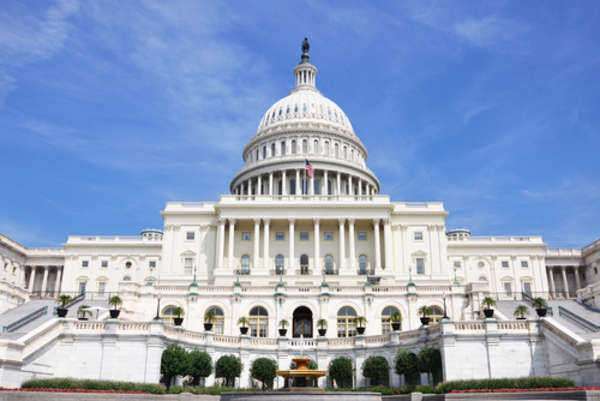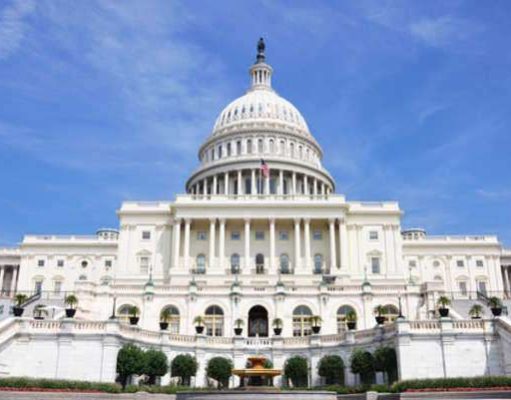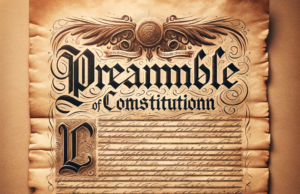
Introduction
The Majority Leader of the Senate is one of the most powerful and influential positions in the United States government. The Majority Leader is responsible for setting the agenda of the Senate, managing Senate business, and negotiating with other members of Congress, as well as the President and members of the Executive branch. In this article, we will explore the role and significance of the Majority Leader in the Senate.
History of the Majority Leader
The position of Majority Leader in the Senate was first established in 1920, following a series of reforms to Senate procedures and rules. The Majority Leader was created as a way to enhance the power and influence of the majority party in the Senate, and to centralize the management of Senate
business.
Responsibilities of the Majority Leader
The Majority Leader is responsible for several critical functions in the Senate, including:
1. Setting the Senate’s Legislative Agenda: The Majority Leader is responsible for deciding which bills and resolutions the Senate will consider, and when they will be considered. This involves working closely with other members of the majority party, as well as members of the minority party, to build a consensus around the Senate’s priorities.
2. Managing Senate Business: The Majority Leader is responsible for managing the day-to-day operations of the Senate, including scheduling hearings and meetings, managing floor debate and votes, and working with other Senate leaders, such as the Minority Leader, the President pro tempore of the Senate, and the chairs of Senate committees.
3. Negotiating with Other Members of Congress and the Executive Branch: The Majority Leader plays a key role in negotiations with other members of Congress, as well as the President and members of the Executive branch, on a wide range of policy issues. This often involves working with other Senate leaders, such as the Minority Leader, and coordinating with House leaders and committees.
Power of the Majority Leader
The Majority Leader is one of the most powerful and influential positions in the Senate, with significant control over the Senate’s legislative agenda and operations. The Majority Leader is elected by the members of the majority party, and serves as the chief spokesperson and strategist for the party in the Senate.
In addition to their formal powers and responsibilities, the Majority Leader also wields significant informal power through their ability to shape and influence Senate rules and procedures. They are responsible for managing the flow of legislation in the Senate and can use their discretion to block or advance bills based on their perceived political significance.
The Majority Leader also has significant power over the Senate’s committee system, which is key to the legislative process in the Senate. The Majority Leader appoints committee chairs and assigns members to committees, which allows them to shape the composition of Senate committees and influence the direction of legislative debates.
Examples of Key Majority Leaders
There have been many influential Majority Leaders in the history of the United States Senate, including:
1. Lyndon B. Johnson: Johnson served as Majority Leader from 1955 to 1961, and was known for his strong-armed tactics in managing Senate business. Johnson helped shape landmark legislation during his tenure, including the 1957 Civil Rights Act and the 1960 Civil Rights Act.
2. George Mitchell: Mitchell served as Majority Leader from 1989 to 1995, and played a key role in negotiating several major pieces of legislation, including the Americans with Disabilities Act and the North American Free Trade Agreement.
3. Harry Reid: Reid served as Majority Leader from 2007 to 2015, and was known for his tactical acumen in managing Senate business. Reid shepherded several key pieces of legislation through the Senate during his tenure, including the Affordable Care Act and the Dodd-Frank Wall Street Reform and Consumer Protection Act.
Conclusion
The Majority Leader of the Senate is a powerful and influential position in the United States government, responsible for setting the agenda of the Senate, managing Senate business, and negotiating with other members of Congress and the Executive branch. The Majority Leader plays a critical role in shaping and driving the legislative process in the Senate, and their influence can be felt across a wide range of policy issues.
The Senate Majority Leader proves to be quite an important role in the United States Congress chamber of the Senate. Elected by the appropriate party members, the Senate Majority Leader acts as the main spokesperson for the majority party. Depending on certain situations, the Senate Majority can sometimes act as the chief spokesperson for their party in all of Congress.
If the House of Representatives and the Speaker of the House of the opposition party, the Senate Majority Leader may prove to be the key source of representation for their respective party in Congress. Currently, the Senate Democrats have the majority in the chamber with 57 seats. Republicans currently hold 47 seats in the Senate, while two seats are held by independent parties. The current Senate Majority Leader is Harry Reid of Nevada and has the chief spokesperson for the Senate Democrats.
For all intents and purposes, the Senate Majority Leader actually acts as the position that is in charge of managing the Senate. Even though the Vice President of the United States is appointed as President of the Senate, the legislative power lies in the hands of the Senate members. Therefore, the authoritative power and command rest on the shoulders of the Senate Majority Leader.
The Senate Majority Leader has the right to be recognized and called upon first when presenting certain matters on the Senate floor. The President of the Senate is charged with the responsibility of recognizing other Senators on the floor. The Senate Majority Leader is responsible for scheduling and managing all of the legislative matters that are to be proposed on the floor of the Senate. The Senate Majority Leader must also call the bills proposed and present them to the Senate, and must also be sure to keep his/her respective party informed and up to date on all legislative matters.
On top of that, the Senate Majority Leader must also balance his/her duties as a regular member of the Senate. The Senate Majority Leader will typically work quite closely with the Senate Minority LeaderHouse of Representatives













